Archives
- 2025-10
- 2025-09
- 2025-03
- 2025-02
- 2025-01
- 2024-12
- 2024-11
- 2024-10
- 2024-09
- 2024-08
- 2024-07
- 2024-06
- 2024-05
- 2024-04
- 2024-03
- 2024-02
- 2024-01
- 2023-12
- 2023-11
- 2023-10
- 2023-09
- 2023-08
- 2023-07
- 2023-06
- 2023-05
- 2023-04
- 2023-03
- 2023-02
- 2023-01
- 2022-12
- 2022-11
- 2022-10
- 2022-09
- 2022-08
- 2022-07
- 2022-06
- 2022-05
- 2022-04
- 2022-03
- 2022-02
- 2022-01
- 2021-12
- 2021-11
- 2021-10
- 2021-09
- 2021-08
- 2021-07
- 2021-06
- 2021-05
- 2021-04
- 2021-03
- 2021-02
- 2021-01
- 2020-12
- 2020-11
- 2020-10
- 2020-09
- 2020-08
- 2020-07
- 2020-06
- 2020-05
- 2020-04
- 2020-03
- 2020-02
- 2020-01
- 2019-12
- 2019-11
- 2019-10
- 2019-09
- 2019-08
- 2019-07
- 2019-06
- 2019-05
- 2019-04
- 2018-11
- 2018-10
- 2018-07
-
While it is known that circulating LDL C levels
2025-03-01
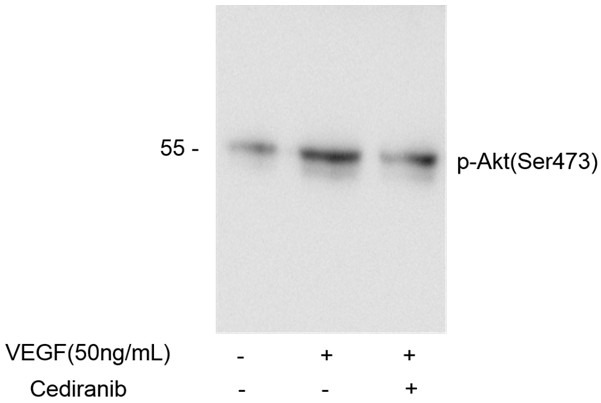
While it is known that circulating LDL-C levels are largely regulated by either controlling the rate of hepatic production of its triglyceride-rich precursor VLDL particle or the rate of LDLR-mediated LDL particle clearance [58], it should be noted that important differences exist between rodents an
-
Two critical determinants of receptor trafficking are
2025-03-01
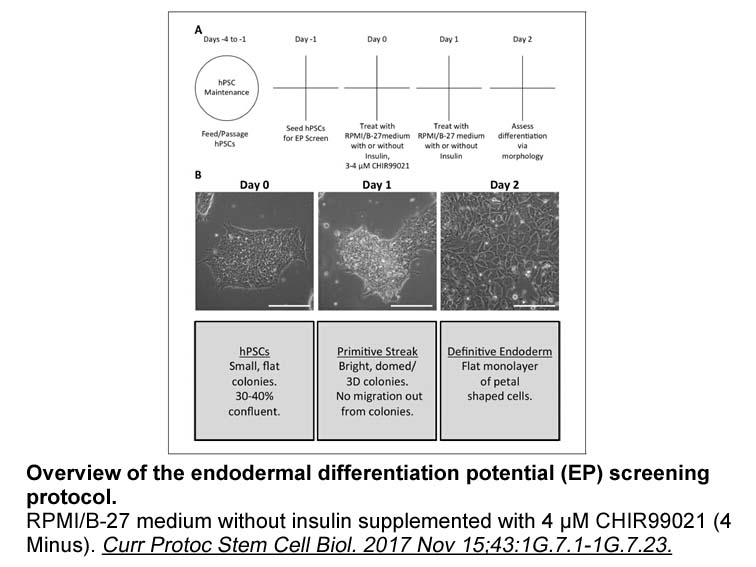
Two critical determinants of receptor trafficking are found within the GABAB1 cytoplasmic tail: the di-leucine internalization signal (EKSRLL) (Margeta-Mitrovic et al., 2000, Restituito et al., 2005) and the ER retention signal (RSRR) (Calver et al., 2001, Margeta-Mitrovic et al., 2000, Pagano et al
-
br Materials and methods br
2025-03-01

Materials and methods Results and discussion During recent years, recombinant ASK1 has been obtained by expensive baculovirus-insect cell kisspeptin systems [20], [27]. In the present study, we constructed recombinant ASK1 and expressed in active form at high level in E. coli. Human ASK1 cat
-
The first objective of the present study was to investigate
2025-03-01
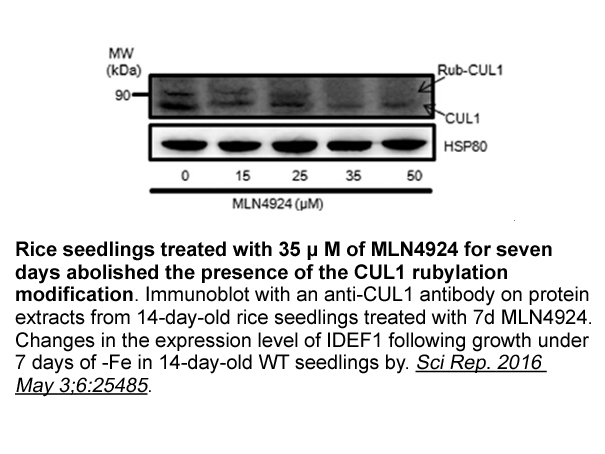
The first objective of the present study was to investigate the impact of ageing on arginase activity in tissues which exhibit age-related impairments in their function. The second objective was to determine whether l-arginine supplementation modulated the effect of ageing on arginase activity. The
-
Once apoptosis has been initiated the HMGA proteins themselv
2025-03-01
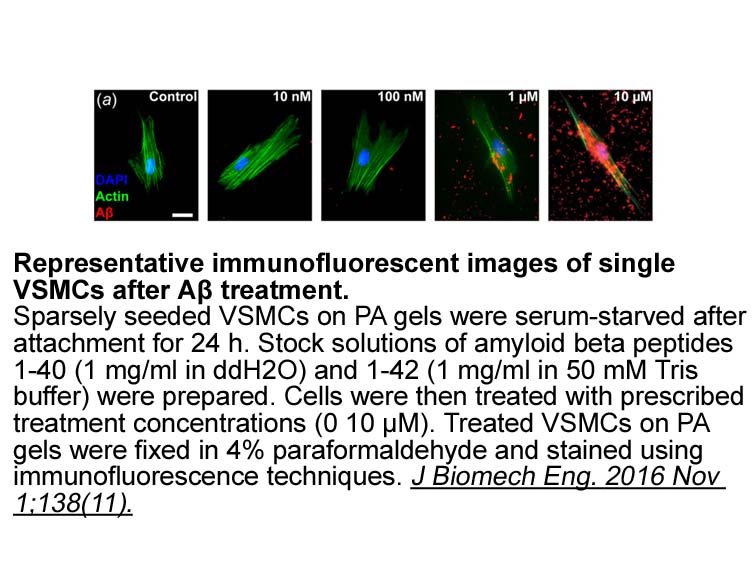
Once apoptosis has been initiated the HMGA proteins themselves undergo marked changes in both the types and extent of their post-translational modifications (PTMs; review in [149,175]), some of which are likely correlated with alterations in chromatin structure. For example, the early stages of apop
-
Mass spectrometry Matrix assisted laser desorption ionizatio
2025-03-01

Mass spectrometry. Matrix-assisted laser desorption/ionization time-of-flight (MALDI-TOF) MS experiment was performed in linear and positive-ion mode on a DE-STR instrument equipped with a nitrogen laser (PE Biosystems, Foster City, CA). Each spectrum was calibrated in the default mode in which 0.1%
-
Given that neither case is derived from multiplex
2025-03-01
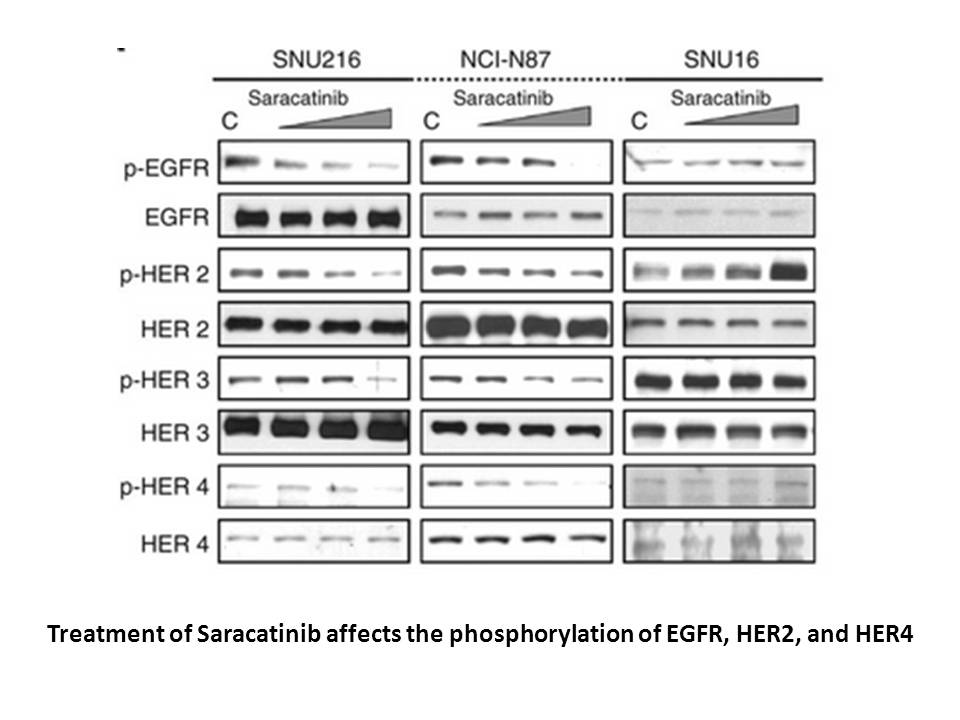
Given that neither case is derived from multiplex ITE with affected individuals, principles of Mendelian segregation cannot be applied to implicate the T201S mutation in causing familial CJD. In addition, like many rare gene variants, it is not possible to apply practice guidelines such as the Ameri
-
Hyperactivity of the hypothalamus pituitary adrenal HPA
2025-03-01
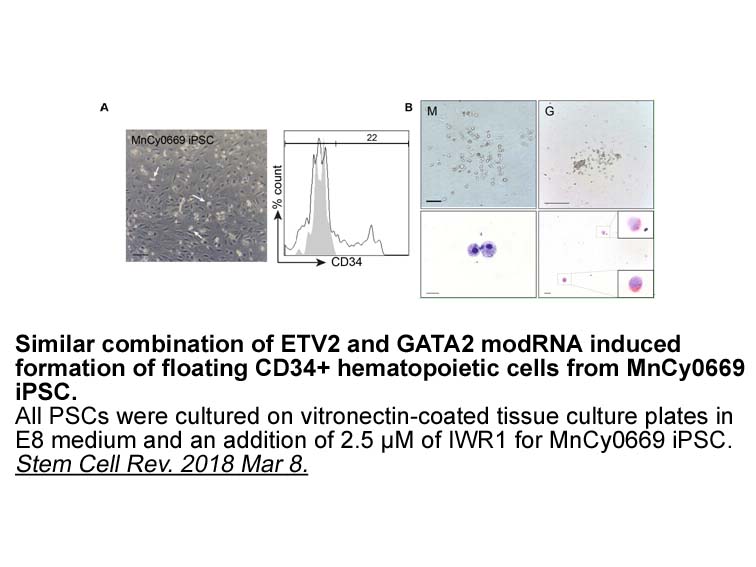
Hyperactivity of the hypothalamus-pituitary-adrenal (HPA) axis, which is well described in MDD (Pariante and Lightman, 2008, Marques et al., 2009), is also observed in AD and results in increased glucocorticoid (GC, cortisol in primates) levels in blood and CSF (Davis et al., 1986, Martignoni et al.
-
Recent studies suggest that A caused synapse
2025-03-01
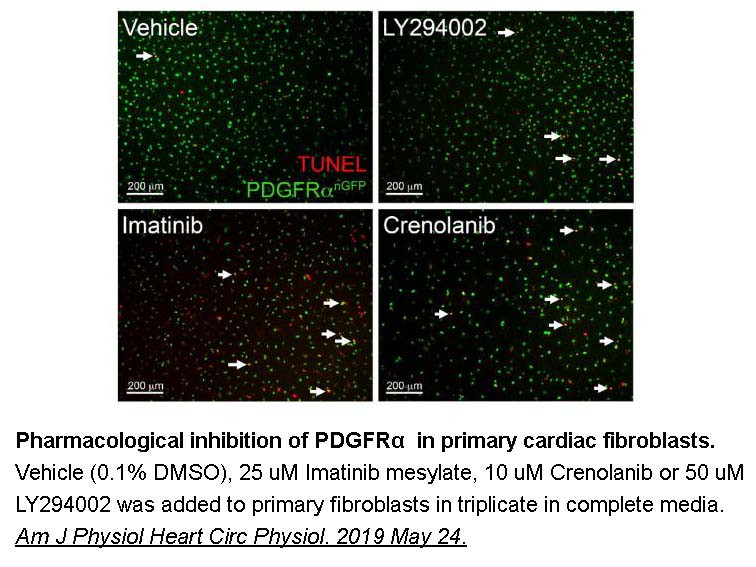
Recent studies suggest that Aβ caused synapse damage as a consequence of aberrant cell signalling. As synthetic Aβ42 monomers activate the phosphatidylinositol-3-kinase pathway (Giuffrida et al., 2009) and insulin signalling (Giuffrida et al., 2012) it is possible that Aβ monomers and Aβ oligomers a
-
Another class of AMPK regulator is peptidyl prolyl cis trans
2025-03-01
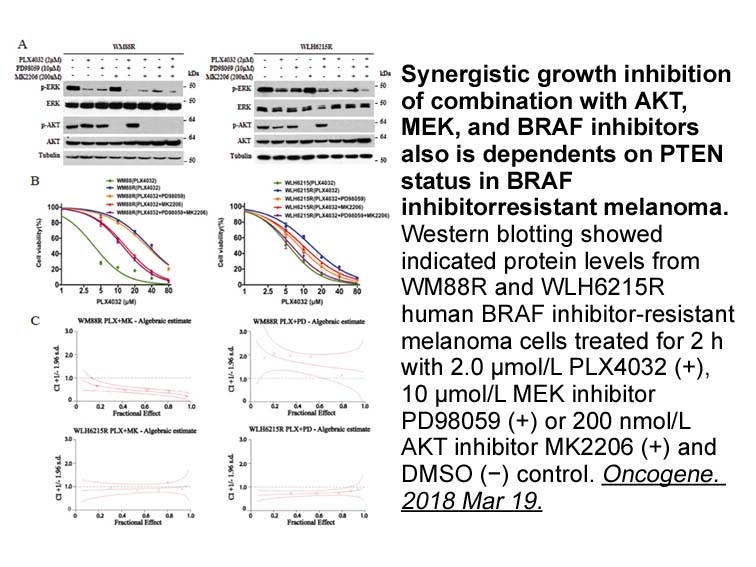
Another class of AMPK regulator is peptidyl-prolyl cis/trans isomerase (PPIase) NIMA-interacting 1 (Pin1), which binds to a number of proteins and regulates oncogenesis and metabolic diseases (Khanal et al., 2013; Zhou and Lu, 2016). Pin1 has been shown to bind to and inhibit AMPK; therefore, at lea
-
Not all secondary metabolites or natural products can be ful
2025-03-01

Not all secondary metabolites or natural products can be fully synthesized due to their very complex structures that are too difficult and expensive on industrial scale. Hence, there is an urgent need to search for alternative remedies as naturally occurring biologically active secondary metabolites
-
With regard to the correlation between
2025-03-01
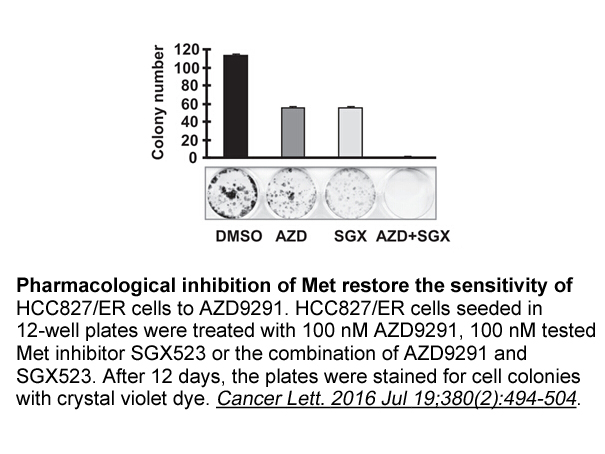
With regard to the correlation between -rearrangements and thromboembolic events, Zer et al. reported a VTE rate of 36% in a cohort of 98 patients with ALK-positive NSCLC. Of note, VTE was also associated with shorter overall survival (HR: 5.71, =0.01) . Only few others have investigated NSCLC drive
-
The lactam emerged as lead candidate due to its high
2025-03-01
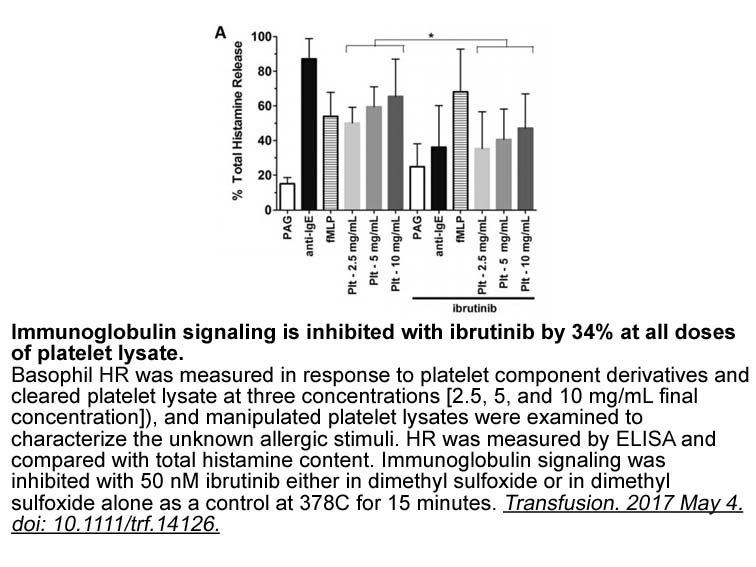
The lactam (6) emerged as lead candidate due to its high selectivity, outstanding potency (against ALK or in clinically known ALK mutants), low in vitro clearance, and low efflux potential. The lactam (6) was selected for further profiling against the resistant ALK mutants. Preclinical rat pharmacok
-
Synthesis of the pterin carboxamides was achieved
2025-03-01

Synthesis of the pterin-7-carboxamides was achieved, as shown in , based on a previously reported method that utilizes DBU as a key additive to dissolve pterin in organic solvents and accelerate the reaction., With this method, the pterin-amino 10Panx conjugates (–) were readily obtained by simply
-
MK-0822 There are two ways to transport FFAs into
2025-03-01
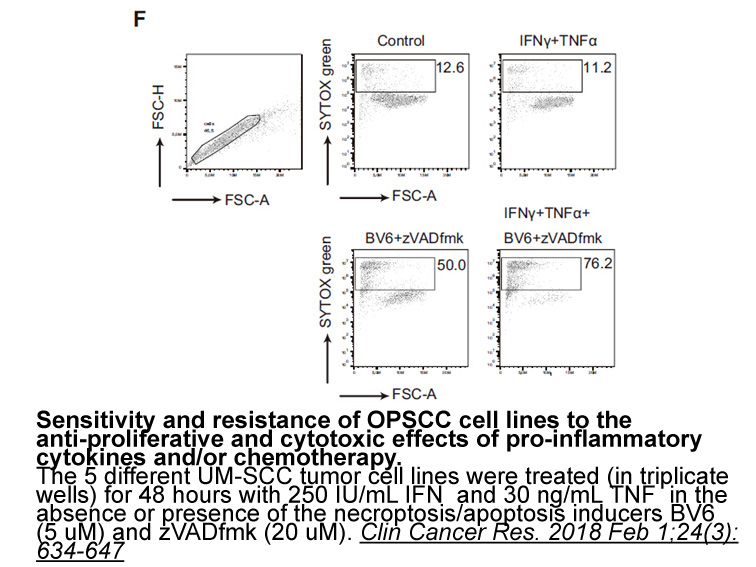
There are two ways to transport FFAs into cells. First by passive diffusion. Second as the putative long-chain fatty MK-0822 transporters are proposed, CD36 the plasma membrane-associated fatty acid-binding protein (FABPpm) and fatty acid transport proteins (FATP) [11], where CD36 is responsible fo